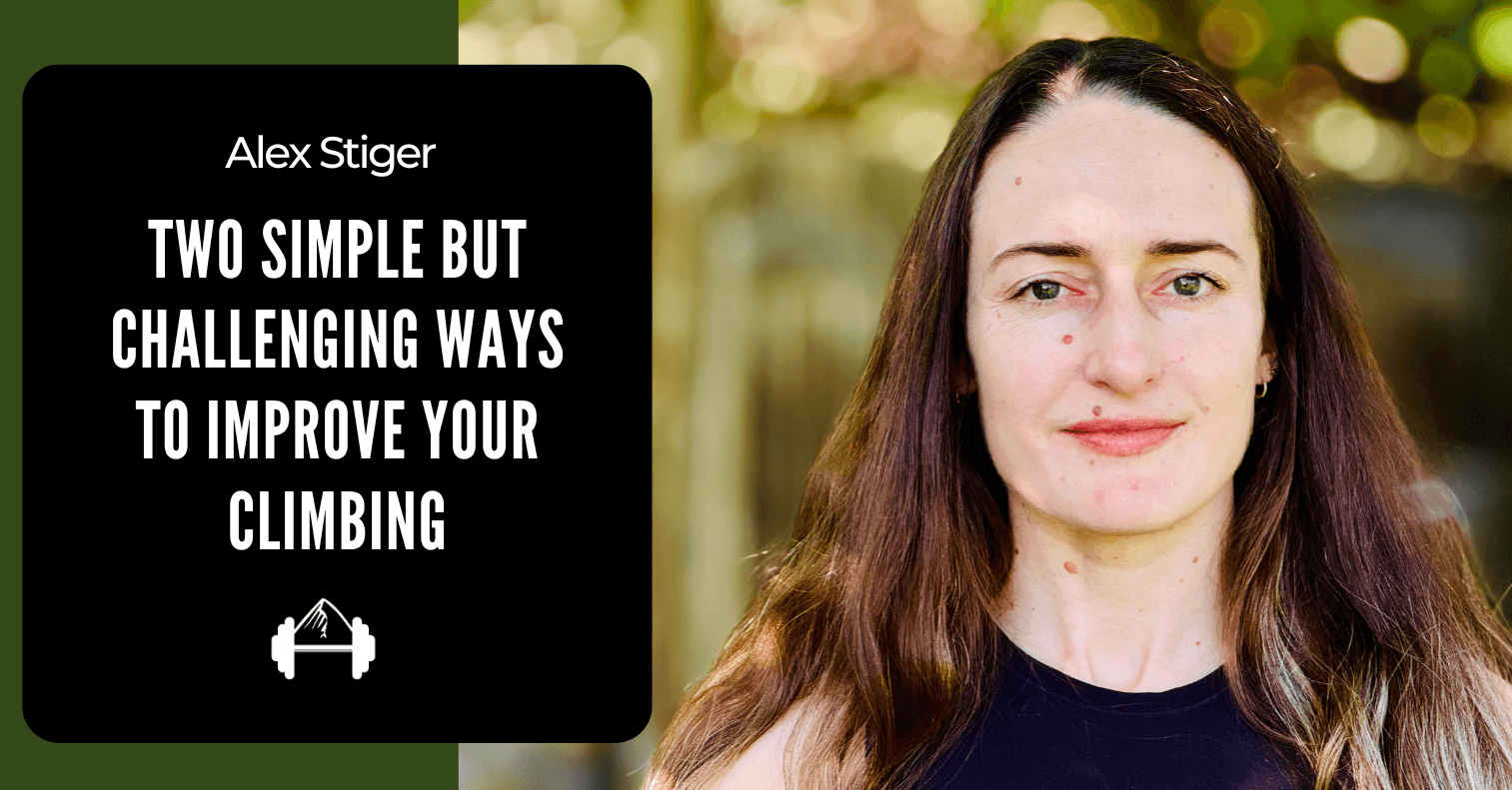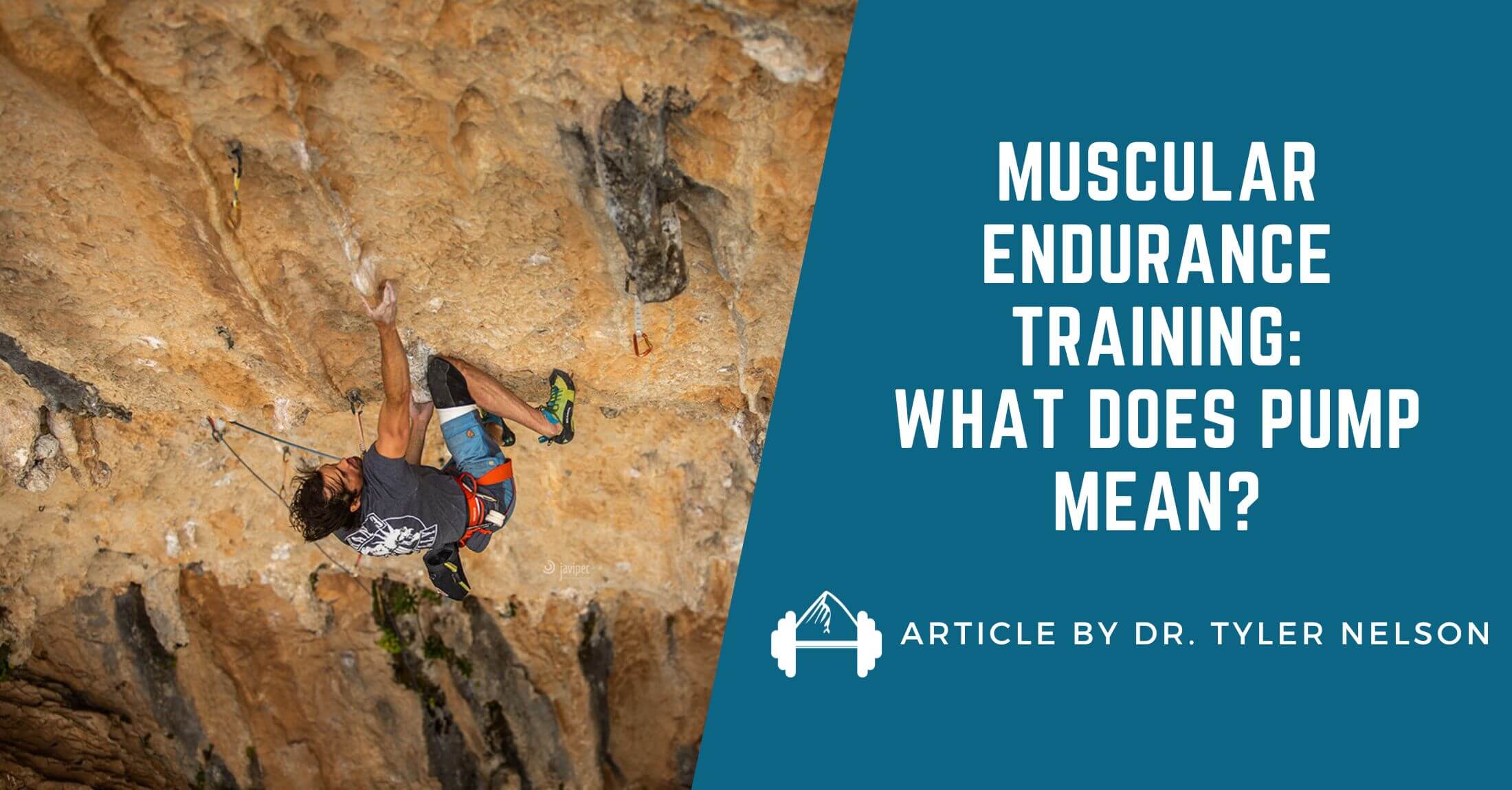We have posted before about the effects age can have on training for climbing and in doing so we have noted that unfortunately there does come a point at which making gains, especially in power and strength, becomes more difficult for the aging climber. However, we have also pointed out that while it does become more difficult to produce gains through training it is not impossible and that with the right approach climbers can continue to improve into their 50s and beyond.
To help aging climbers who are still looking to improve and make gains in their training and climbing, here’s an article by coach and trainer Seiji Ishii about the effect age has on power training specifically and what strategies can be implemented to mitigate these effects while preventing injury and still producing tangible gains.
Enter Seiji Ishii…
Power Training and the Aging Climber: Injury, Adaptation and Strategy:
Reality dictates a loss of physical capacities as we age and the increasing demands of job and family often ignite a downward spiral of declining climbing ability. I have personally lamented the general suspicion that after a hard day at the cliffs or gym, it takes longer for a repeat performance. I have heard the same from other experienced climbers, mostly from those longer in tooth than 35. Aging climbers can successfully continue to ascend the difficulty grades in sport climbing by offsetting loss of physical prowess with gains in technique, mental aspects, flexibility, lifestyle and experience. Climbers often feel that these aspects also have a finite timeline. We may all be staring at this line flattening off, soon to intersect the physical prowess line on its age induced descent. The motivated climber defiantly giving the finger to this impending reality will vow to train more, wedging time into an increasingly hectic schedule, often encountering no gains or even quicker losses in climbing ability…what to do?
Aging often forces wisdom, and as a climber rapidly approaching 50, my participation at the 2015 American College of Sports Medicine Annual Meeting was personally angled at decreasing the slope of the downward trending lines. Power is usually the first physical ability to slope off, often very steeply. It is a combination of absolute strength and speed of contraction, so age induced losses in both frustratingly become compounded. A symposium on power oriented contractions on aging muscles piqued my interest and offered hope to all of us fighting the current of advancing age.
A stretch-shortening (S/S) contraction is when the muscle is first stretched by an eccentric contraction (lengthening of muscle fibers while increasing tension), eliciting the stretch reflex, which allows the concentric contraction (shortening muscle fibers while increasing tension) to start at a higher force level than just a concentric contraction alone. This is why you “bounce,” or lower yourself (eccentric contraction of thigh and hip muscles) before you straighten your legs (concentric contraction) to launch yourself to jump high or dyno. This type of contraction is involved in powerful climbing and training. Think of latching a hold while bouldering or campusing; fingers latch the hold and your body weight lengthens your finger flexors but almost immediately the same muscles shorten to establish your control and grip.
The studies referenced were all on mice and were all clinically relevant and controlled to produce statistically significant results. The first thing to realize is that S/S contractions cause physical damage- micro tears, membrane damage, etc. In both young and old mice, this damage causes a reduction in peak force generation that is proportional to the number of contractions done and lasted from 3 to 10 days. If the deficit in force production was less than 30%, then degenerative effects of training did not start; the mice could still “train” and show gains.
Young mice subjected to 3x/week of S/S contractions still got stronger but older mice grew weaker at this frequency. The peak force generated was also lower in older mice in S/S contractions but the same was not found for cyclic, non S/S contractions.
Some older mice were placed on a schedule that used the same number of S/S contractions per session but the frequency was reduced to 2x/week. Another set retained the 3x/week frequency but the number of contractions per session was reduced. The mice that kept the session workload the same but reduced the sessions to twice a week produced peak force generation gains while the other set of mice showed maladaptation and thus weakening over the course of time.
So, what does all this mean to the aging stone monkey? If you believe that rodent studies on skeletal muscle can carry over to humans, which I do, it is stellar news! Whenever your age or demands of life cause a noticeable reduction in your ability to recover from session to session of power related training, these studies suggest that reducing your number of sessions per week is more effective in maintaining your gains than reducing the work done in each session. This is due to your age or otherwise elongated time period required to recover. And, yes, your ability to generate peak force is a S/S contraction is also reduced by age, but fear not, there is a mountain of research that shows sport specific experience can trump the advantages of youth quite often. Simply put, work just as hard on power in each session, just increase the recovery time between sessions. Spreading and/or increasing the workload over the week by increasing the number of sessions isn’t the answer; increasing the recovery time can allow continued gains and possible increases in weekly workloads as adaptations can continue!
Thank the mice and train smart as you advance in your years. When your body gives you signs that the power training isn’t producing the gains it once was or you are actually slipping backwards, work just as hard in the gym or at the boulders and just give yourself more recovery days in between.
References:
Rader, Erik. ‘Influence Of Aging On Muscle Injury And Adaptation To Stretch-Shortening Contractions’. 2015. Presentation.
– Seiji Ishii
BS Kinesiology, ACSM Certified Personal Trainer, Registered Massage Therapist, Certified WFR, AMGA Certified Single Pitch Instructor, CrossFit Level 1 Certified Coach
(photos courtesy of Michael Antonovich and Glenn Kasin)
About Seiji Ishii:
 Coach Seiji has been a trainer to professional motocross and supercross riders for the past decade but cut his teeth training climbers in the 90’s. Seiji caught the climbing bug while attending the University of Texas at Austin while he was a competitive cyclist. After graduating (taking 10 years, he blames bicycle racing and climbing) with a degree in Kinesiology, he immediately started working for Austin’s first ever climbing gym, Pseudo Rock. Training specifically for climbing was in its beginnings, and Seiji informally trained rock climbers during this time of innovation and high motivation. These training sessions propelled Seiji to 5.13 redpoints in a very short period of time. After a stint of designing outdoor gear, Seiji began personal training a wide variety of clients, and bicycle racing became his primary focus, unknowingly leading him to the motorsports training position he is in today. After 15 years away from climbing, Coach Seiji returned to the sport he believes contributed the most to his personality and values three years ago.
Coach Seiji has been a trainer to professional motocross and supercross riders for the past decade but cut his teeth training climbers in the 90’s. Seiji caught the climbing bug while attending the University of Texas at Austin while he was a competitive cyclist. After graduating (taking 10 years, he blames bicycle racing and climbing) with a degree in Kinesiology, he immediately started working for Austin’s first ever climbing gym, Pseudo Rock. Training specifically for climbing was in its beginnings, and Seiji informally trained rock climbers during this time of innovation and high motivation. These training sessions propelled Seiji to 5.13 redpoints in a very short period of time. After a stint of designing outdoor gear, Seiji began personal training a wide variety of clients, and bicycle racing became his primary focus, unknowingly leading him to the motorsports training position he is in today. After 15 years away from climbing, Coach Seiji returned to the sport he believes contributed the most to his personality and values three years ago.






Leave A Comment